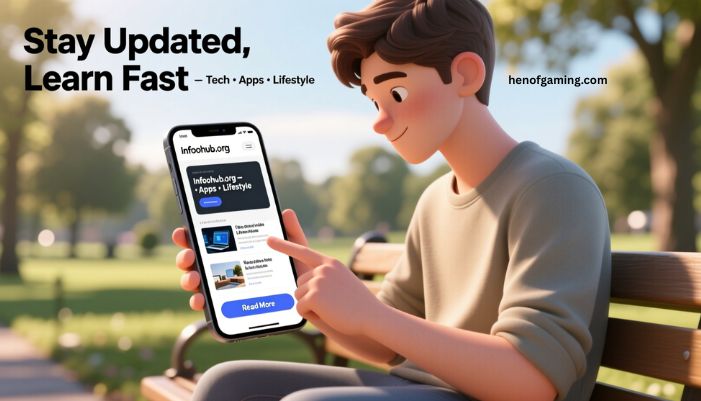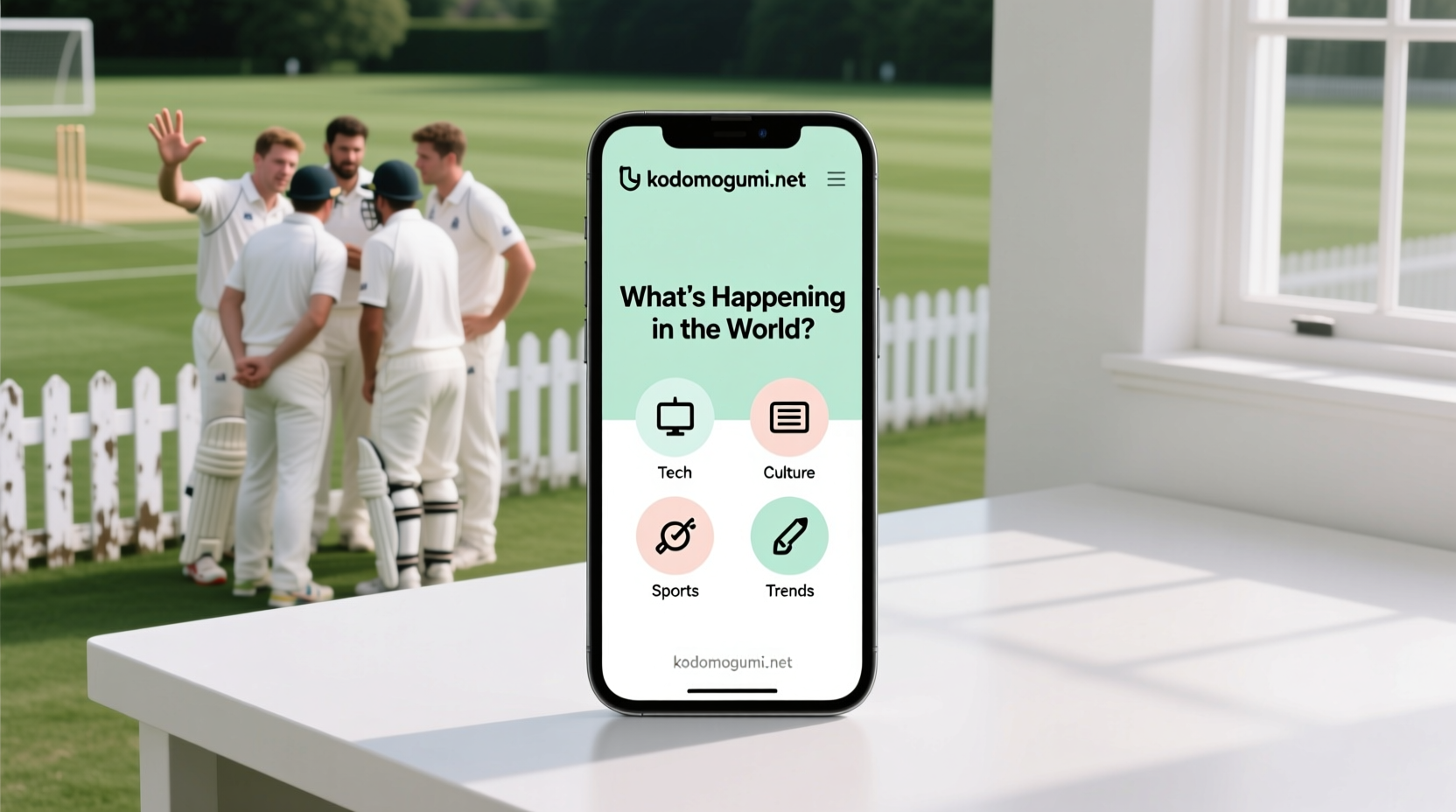Artaverse Sport is a new way to enjoy art. You don’t just look at it. You move with it. You walk, jump, or dance, and the art changes with you.
It can happen in a real place, like a museum or park. It can also happen in a virtual world. The art reacts when you move. Your actions create the experience.
This idea combines art, games, and exercise. You become part of the artwork.
Why Artaverse Sport Is Important

Artaverse Sport is different from regular art shows. It does more than show pictures or sculptures. It makes you move and interact. This makes the experience stronger and more fun.
It Gets You Involved
You don’t just stand and watch. You move. You take part. You help create the art.
It Helps Artists Do More
Artists can create works that change when people move. They can make sounds, lights, or colors appear with your steps.
It Mixes Real and Digital
Artaverse Sport uses tools like sensors and screens. You see the art respond in real time. This makes the real world and digital world come together.
It Promotes Health
Moving your body is good for you. Artaverse Sport makes exercise more fun by turning it into play.
It Welcomes More People
You don’t need to know about art. You don’t need special skills. Anyone can take part. That makes it great for all ages.
How Artaverse Sport Works

To make Artaverse Sport work, you need five things:
1. Motion Sensors
These tools watch how you move. They can be cameras, smartwatches, or other trackers.
2. Art That Reacts
When you move, the art changes. You might see shapes, lights, or colors appear.
3. Rules or Goals
The art might have a task for you. For example, walk in a circle to unlock a picture. Or jump to play a sound.
4. Space to Move
You need room to walk or run. This could be a gallery, outdoor park, or virtual space.
5. Tech Support
Computers and software make everything work together. They connect your movements to the art.
Where You Might See Artaverse Sport

Public Events
Cities can place these artworks in parks or squares. Anyone walking by can join.
Museums
They can turn normal exhibits into motion-based displays. You explore by moving.
Gyms and Studios
Gyms might show digital art while you move. Your workout becomes an art show.
Schools
Kids can learn art by moving. This makes learning fun and active.
Virtual Reality
You can move inside a virtual space. Your actions build the world around you.
Health Clinics
People in recovery might feel more motivated when their movements create something beautiful.
Good and Bad Parts
The Good:
- You take part, not just watch
- Great for kids, adults, and groups
- Makes fitness fun
- Brings art to more people
- Works in many places
The Hard Parts:
- Needs expensive tools
- May not work well in small spaces
- Some people may not move easily
- Artists must learn new tools
- Setup can be tricky
How to Try It Now

You can get started even if you’re not a pro. Here’s how:
- Visit Interactive Museums
Look for exhibits that change with motion. - Try Motion Games
Use games that make you move to play. - Create Your Own
If you’re an artist or maker, start small. Use simple motion sensors and software like Unity. - Use Apps and Tools
Try apps that respond to motion. Some let you draw with movement. - Join a Group
Look for art or tech meetups. Share ideas and projects.
Big Trends Helping Artaverse Sport Grow
Many new things make Artaverse Sport easier to build:
- AR and VR
Virtual tools are cheaper and better now. - Immersive Art
More shows now include lights and sound that react. - Fitness Tech
People want workouts to be fun and different. - NFTs and Web3
Digital art is becoming more popular and easy to share. - Public Art Funding
Cities spend more on art that people can join.
Read: Artaverse.org Explained: Simple Tools for NFTs, Concerts, and Web3 Art
Tips for Artists and Designers
Want to build something in this space? Keep it simple and fun:
- Start with one idea. Make it work well.
- Make sure the system doesn’t break if someone moves in a strange way.
- Give hints. People should know where to go or what to do.
- Let people explore, but also offer a goal.
- Add quiet spots so people can rest.
- Test it with kids, older adults, and people who move in different ways.
- Use fast tech. Delays make it less fun.
- Make it easy to grow. Start small and add more later.
What’s Next?
Artaverse Sport is still growing. Soon, you might see:
- Walking trails that light up as you go
- Dance floors that show your movement in color
- Parks with smart art that reacts to groups
- VR spaces where your body builds the world
Artists, tech workers, and cities will work together to bring this to life.
Final Thoughts
Artaverse Sport gives you a new way to enjoy art. You do not just look at it. You take part. You move. You create.
It brings together art, tech, and your body. You can start today. Try a motion game. Visit a museum. Or build your own simple setup.
When you move, art comes alive. That’s the heart of Artaverse Sport.
FAQs
What is Artaverse Sport?
It’s a type of art that changes when you move. You don’t just watch. You help create the art.
Where can I try it?
Look for museums, parks, or events with interactive art. Or try virtual games that use movement.
Do I need special gear?
Some experiences need sensors or VR headsets. Others only need space to move.
Can anyone join?
Yes. But some designs are easier for people who can move freely. Inclusive design helps more people take part.
How can I build one?
Start small. Use tools like Unity or Processing. Add motion sensors. Connect the motion to art or sound.



